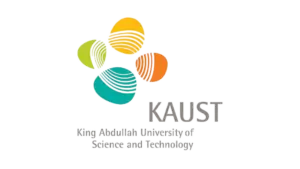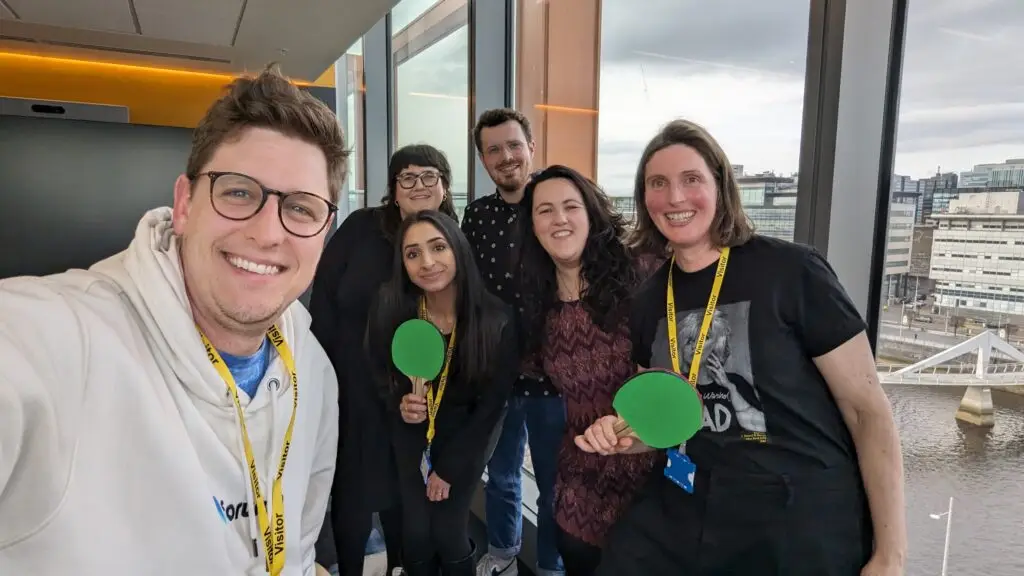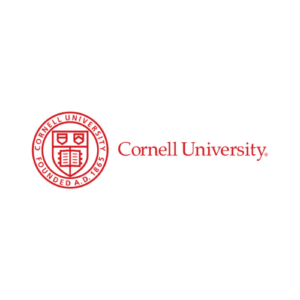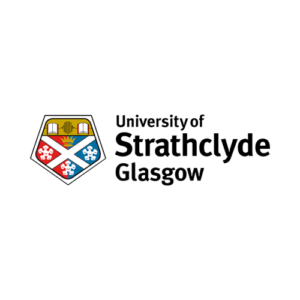
King Adbullah University of Science and Technology
When KAUST reached out with a big vision – creating a best-in-class reporting template and framework – we were in.
The goal? Build reports

When the team at the University of Glasgow reached out to us about updating their social media guidelines, we knew it was going to be a special project.
They already had a strong presence online and a solid social media strategy for higher education, but their existing guidelines were showing their age, written six years ago and living in an old format on their website. They weren’t broken, but they weren’t exactly built for how social works now.
The team had also just developed a new social media policy, and they wanted the guidelines to work hand-in-hand with it – giving staff not just the rules, but the tools and confidence to do things well.
One of the UK’s oldest and most prestigious universities, Glasgow has a broad, vibrant community and a wide digital footprint. Their central social media team supports everything from research groups and student campaigns to faculty news and international content.
They weren’t coming to us for a complete overhaul of their social media marketing for educational institutions, it was more about making what they had more useful, more engaging, and easier to manage.
Like a lot of higher ed teams, they were spending too much time answering the same questions again and again. The guidelines needed a rethink to help people find answers for themselves and support a more scalable college social media strategy.
Let’s be honest, nobody loves scrolling through a 20-page PDF to find one sentence about how to name an Instagram account. The previous guidelines were long, a bit dusty, and not very easy to use.
And while they were technically being followed, the process of getting help or clarity still meant a lot of emails, meetings, and repetition for the core team. In a place as big as Glasgow, that adds up fast.
This wasn’t just a refresh of their social media marketing strategy. It was about saving time, reducing admin headaches, and helping the social team show up as the experts they are.
We approached this one the way we always do – collaboratively and practically. Here’s how it went down:
We spent time with the team to really understand where things were falling down. What were the common questions? Where were the bottlenecks? What would make their lives easier?
We rewrote the guidelines to be leaner, clearer, and structured around how people actually work. Think:
This was all part of building a more practical, scalable social media strategy university staff could actually use.
Okay, maybe not fun in the party sense, but definitely more engaging. We created a series of short, vlog-style videos featuring staff from across the team chatting about key themes, like accessibility, community management, and what makes good content.
Instead of yet another slide deck or policy doc, we had real people on camera, showing their expertise and making the content more human.
This was also a visibility move; putting the team in front of the camera to show, not just tell, that they’re the go-to people for all things social. A subtle but powerful bit of content marketing for university staff.
4. We made it usable
One of the things we’re proudest of is how the final version lives. Instead of disappearing into PDF’s saved in folders, the guidelines now have a clean, searchable home on the university website, with videos embedded right in.
We worked with their web team to map out journeys, tidy up the structure, and make the whole thing feel intuitive. It’s a great example of content marketing for higher education that actually works.
If you want to see what the live version looks like, have a look here:
Even better, the social team can now redirect their time to more creative, high-impact work (like campaigns and content creation) instead of explaining the same things over and over.
They’ve also got a real sense of pride in what’s been produced. This was one of those projects that had been sitting on the to-do list for years, and finally getting it done gave them a real lift.

We’ve worked on a lot of social media marketing for universities, but this one really set the tone for what a comprehensive, human, and actually useful project looks like.
What we loved was being involved all the way through: from reviewing the original documents to shaping the content, scripting the videos, coordinating with the web team, and launching something that lives on.
And to date? We haven’t seen any other universities doing this quite like Glasgow has. We’re already pointing other clients to it as a benchmark.
This is the kind of higher education social media strategy that other institutions can learn from.
If you’re working in a university or college and your guidelines are gathering dust, here’s what we’d say:
Whether you’re tackling SEO for university websites, planning your social media marketing strategies for colleges, or just trying to tidy up your digital comms, we can help.
We help universities and colleges with everything from content marketing for private schools to social media training for higher education teams. Whether it’s a full refresh or a small internal campaign, we’re here to make your digital strategy more human, more useful, and more fun to manage.

When KAUST reached out with a big vision – creating a best-in-class reporting template and framework – we were in.
The goal? Build reports

When Cornell first reached out about their annual Alumni Leadership Week, we couldn’t wait to get started! This is the big one for Cornell –

When Suzanne and the Strathclyde Alumni team approached Forumm to review their social media interaction with their community we jumped at the opportunity. Strathclyde is
